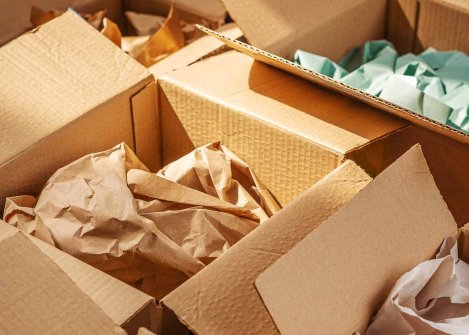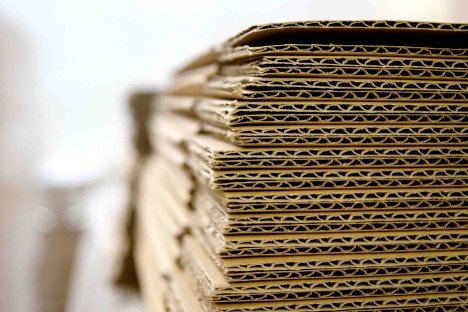A material for many purposes
Pappersbaserade förpackningar är lätta att återvinna. I vår material- och återvinningsguide för papper kan du ta del av de vanligaste alternativen inom pappersförpackningar, viktiga överväganden när det kommer till återvinning och hur du skapar tydlig information till konsumenterna.
Common types of paper and their uses
- Cardboard: Often used for primary packaging, such as around jars and bottles.
- Corrugated board: Commonly used for secondary or transport packaging.


Key considerations for recycling paper
- Paper and cardboard are recyclable, but synthetic coatings such as plastic films, foil, or lamination reduce their recyclability.
- Paper fibers can be recycled 6–7 times, as they become shorter and weaker with each cycle. When no longer recyclable, they can be used for energy recovery.
Packaging information to include
- Label packaging with clear sorting symbols in compliance with national guidelines for the market where it will be sold.
- Certification logos, such as FSC (Forest Stewardship Council), ensure that the paper is sustainably sourced.
Tips when choosing paper packaging
Make conscious design choices
Opt for recycled materials as it conserves resources throughout the supply chain.
Minimize unnecessary paper use by selecting smaller, minimalist packaging or eliminating outer packaging altogether.
Avoid using metallic finishes.
Paper-based containers is an all the more common alternative to plasti and can be used for products like lip balms, deodorants, and more.
